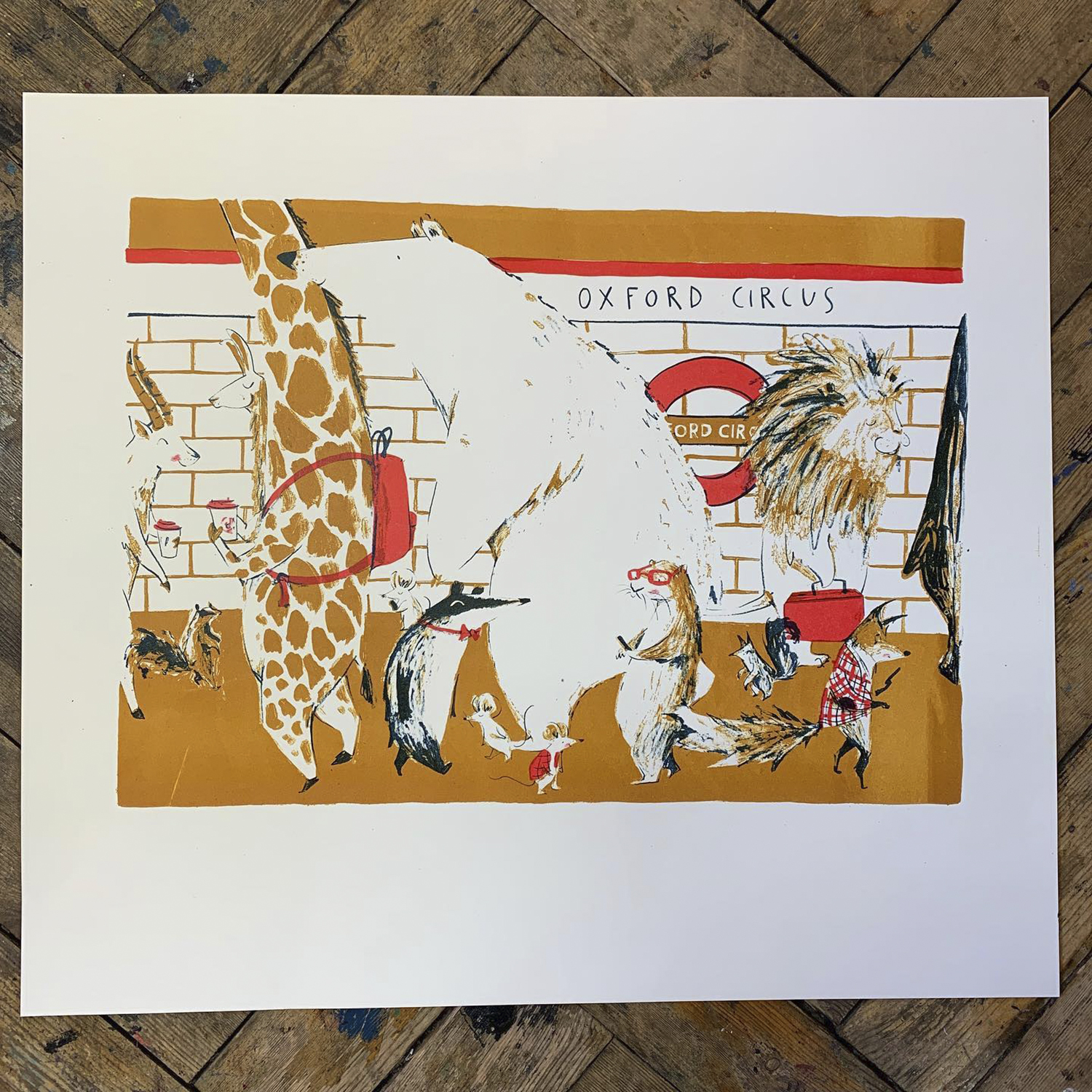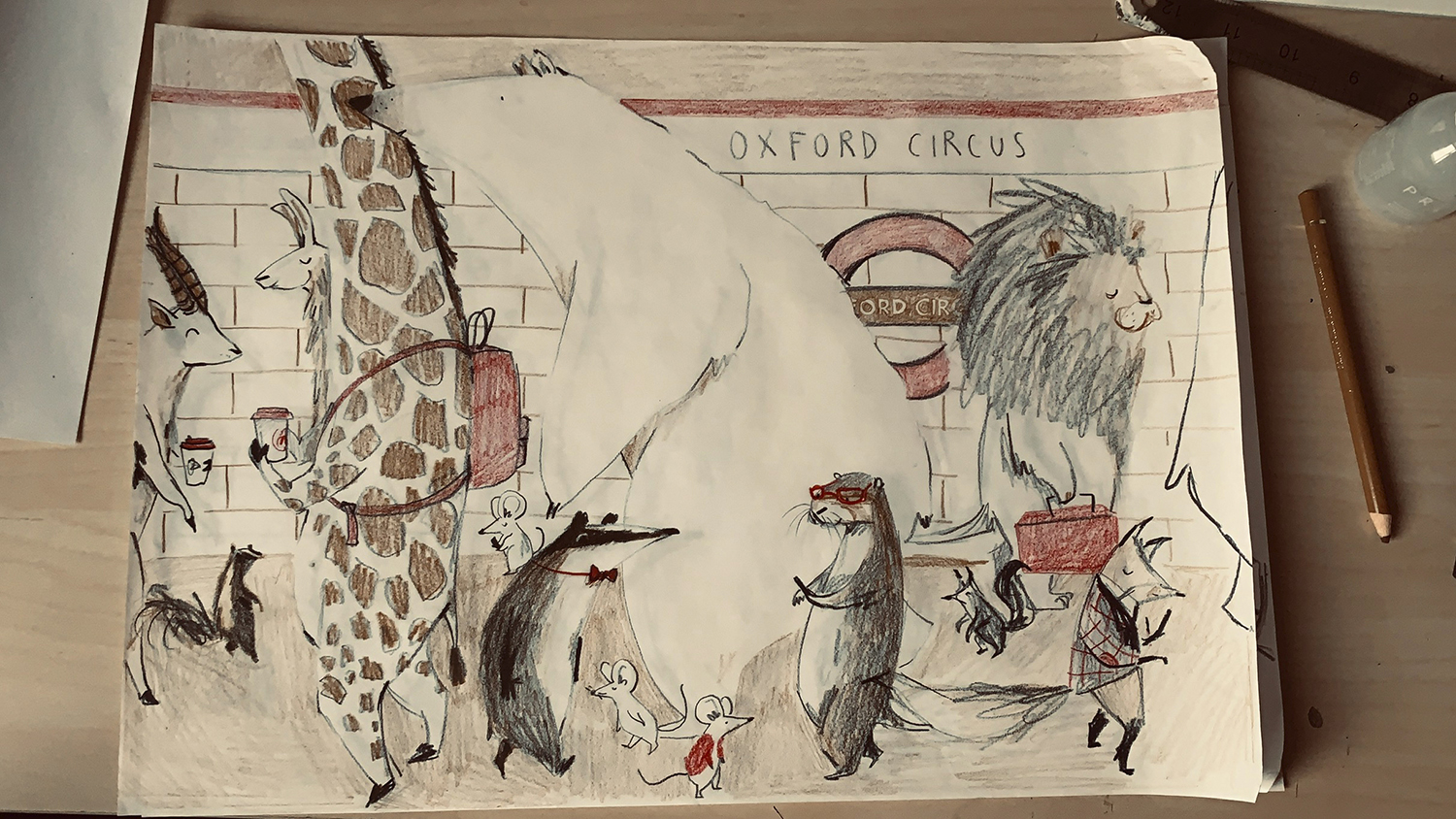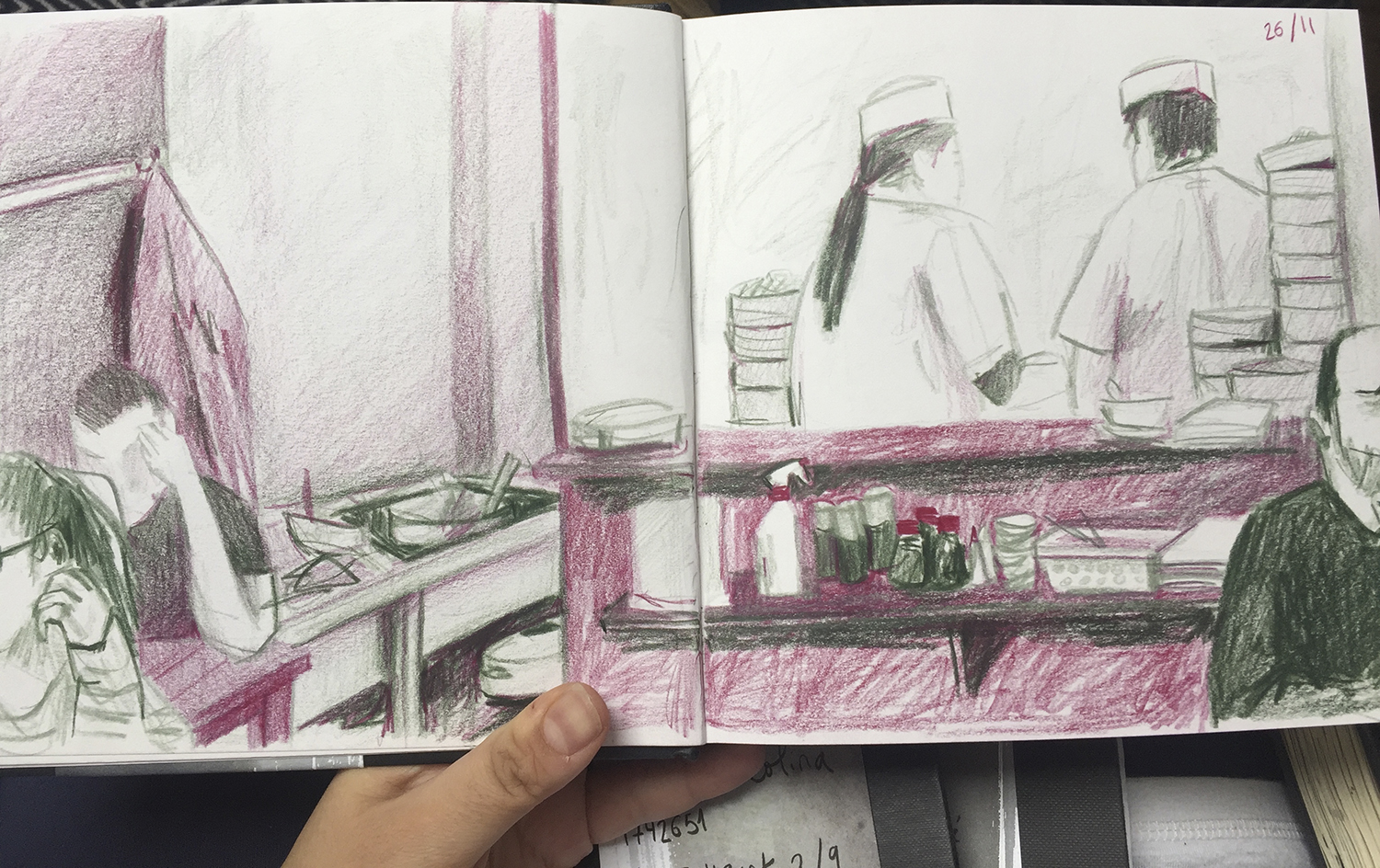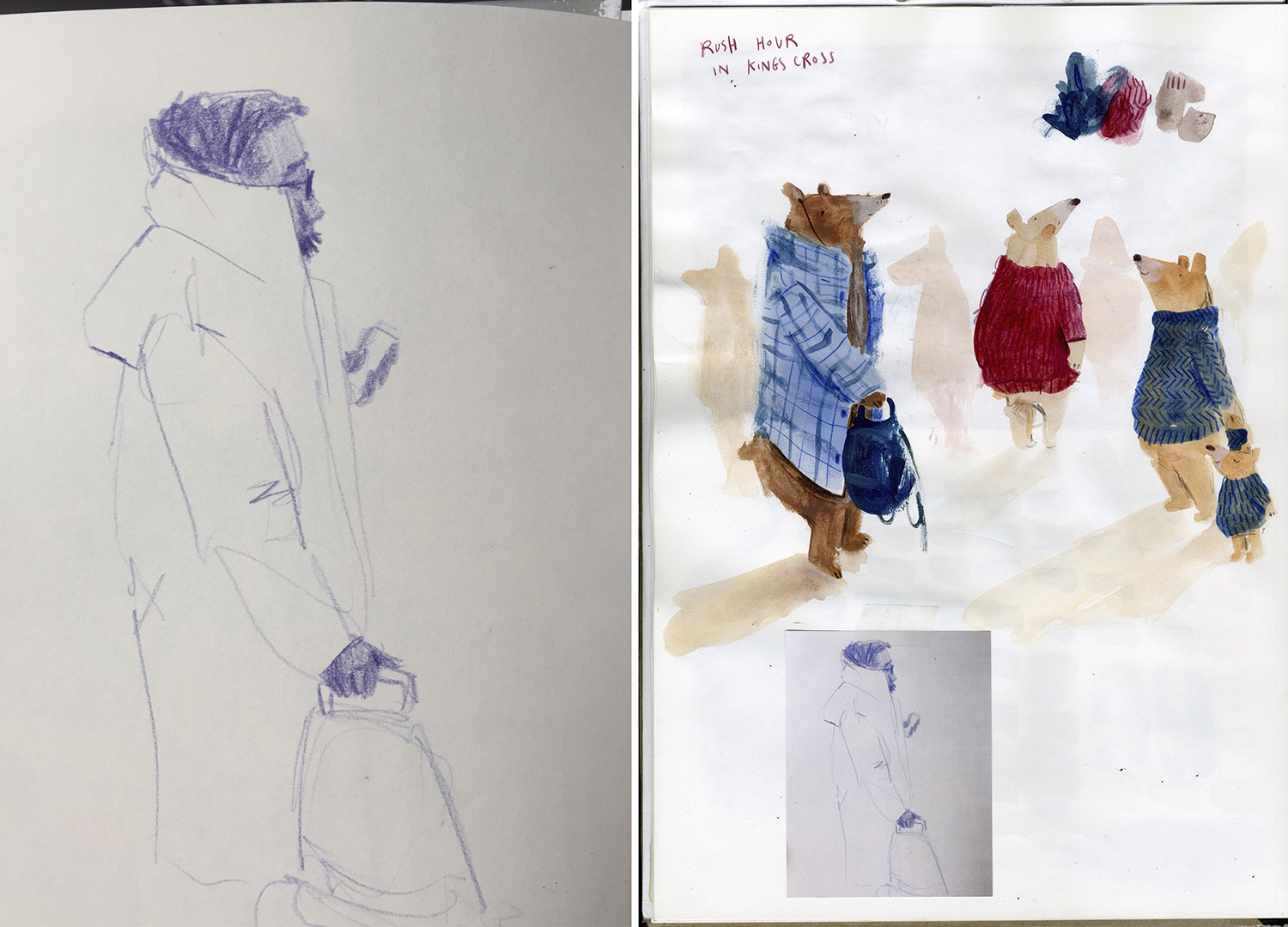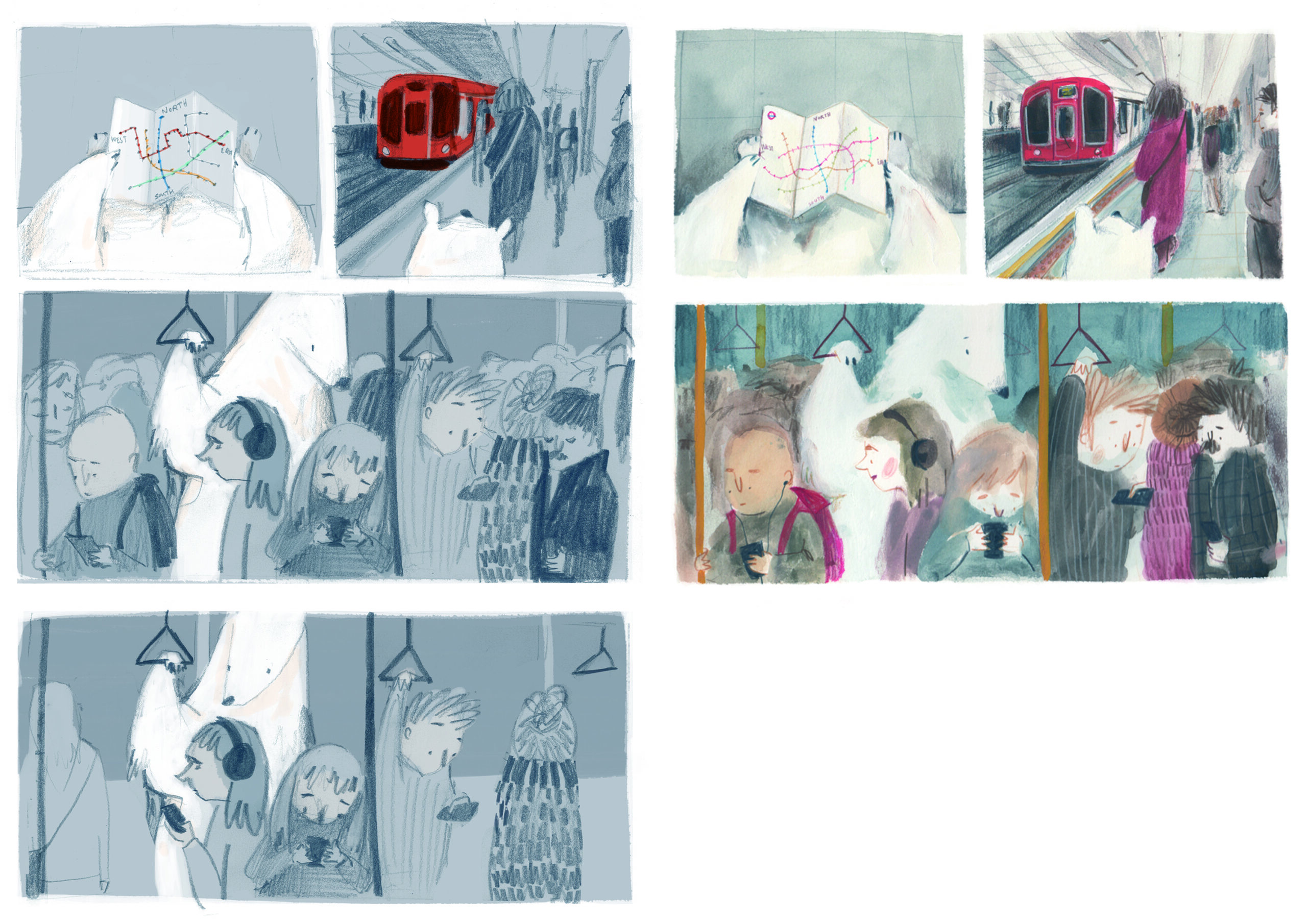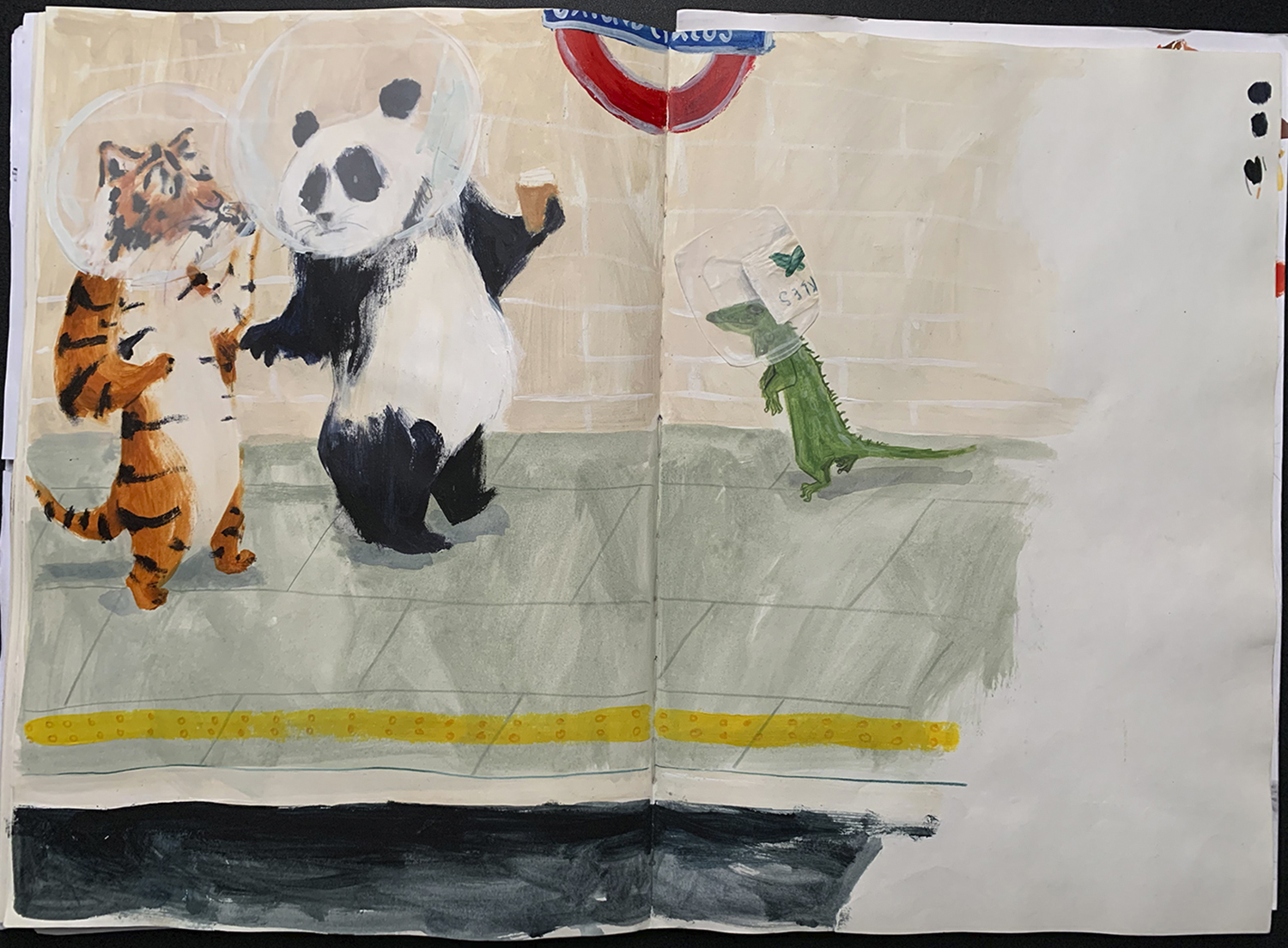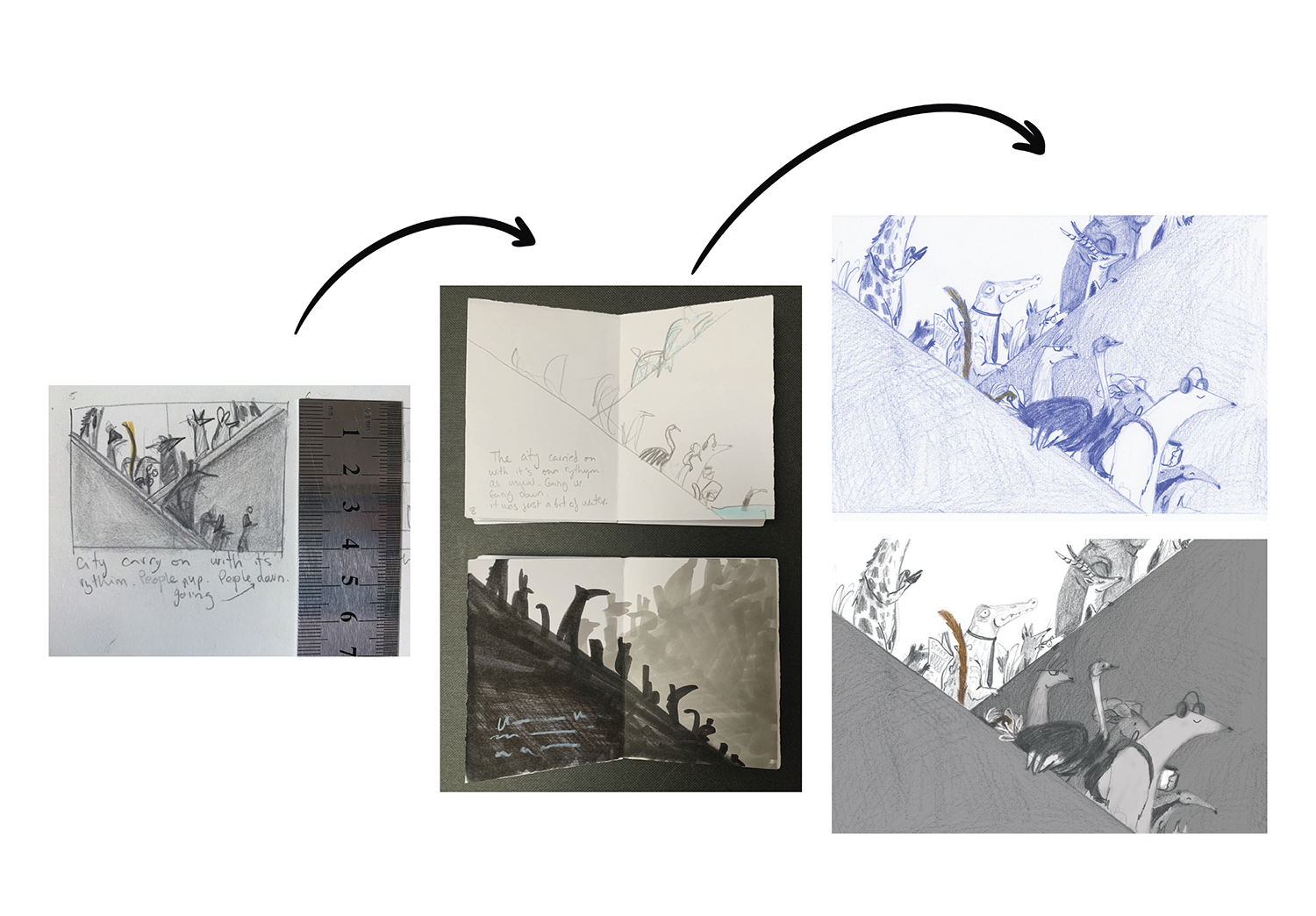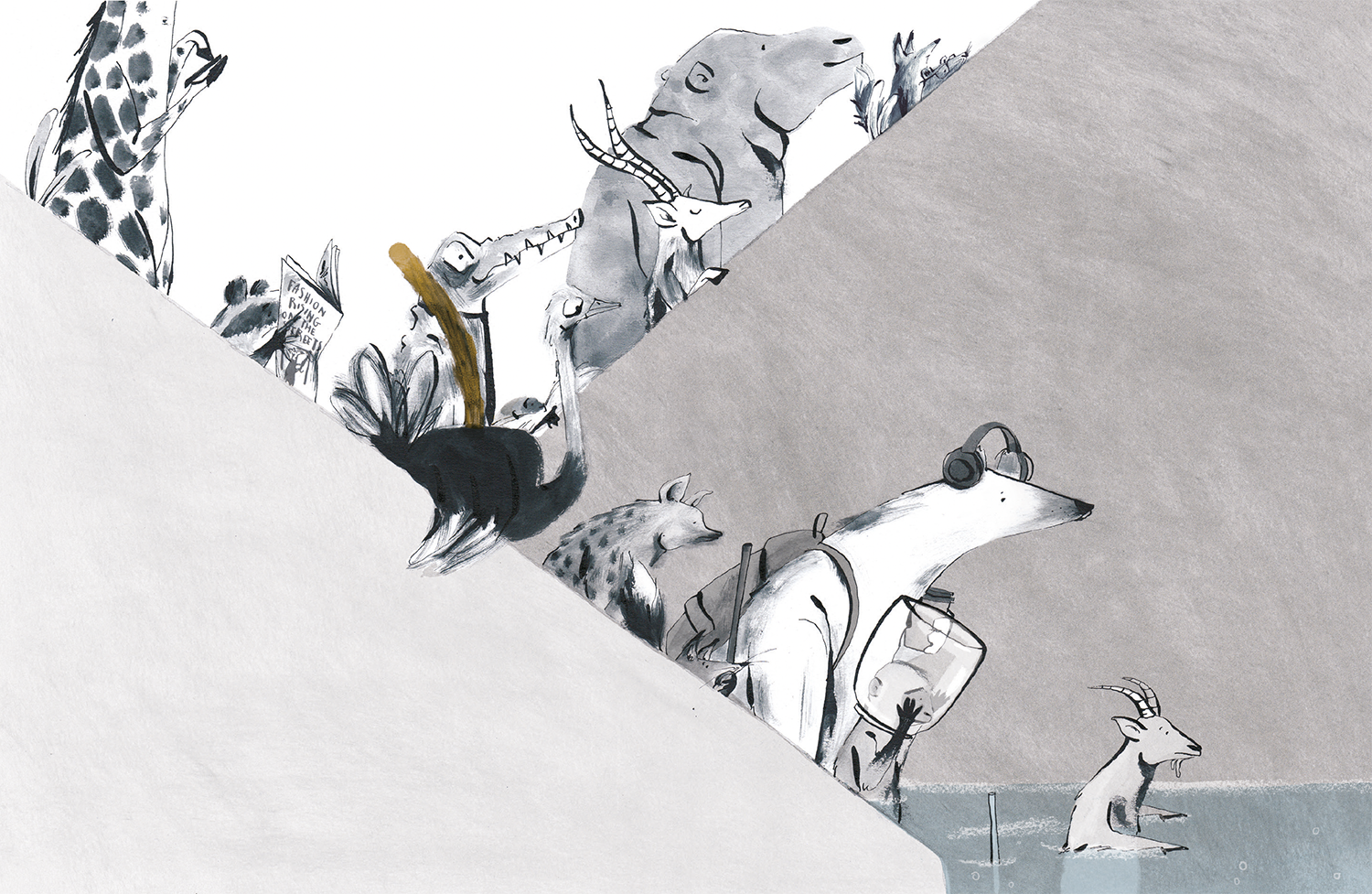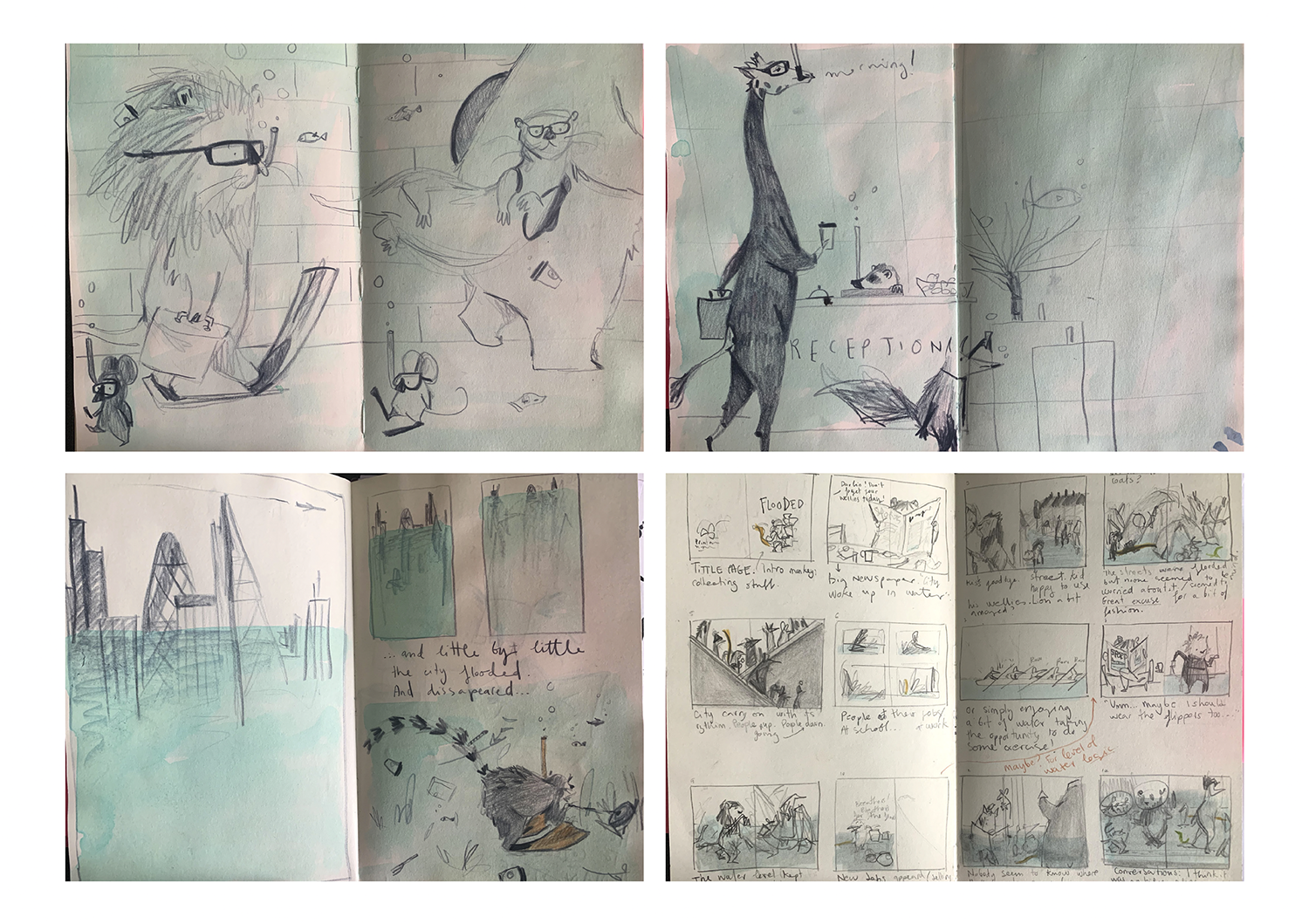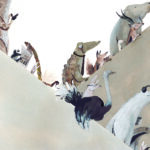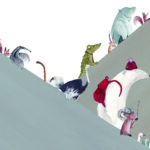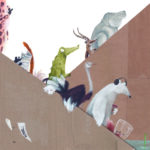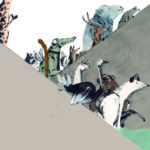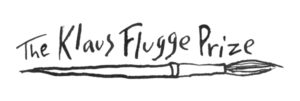
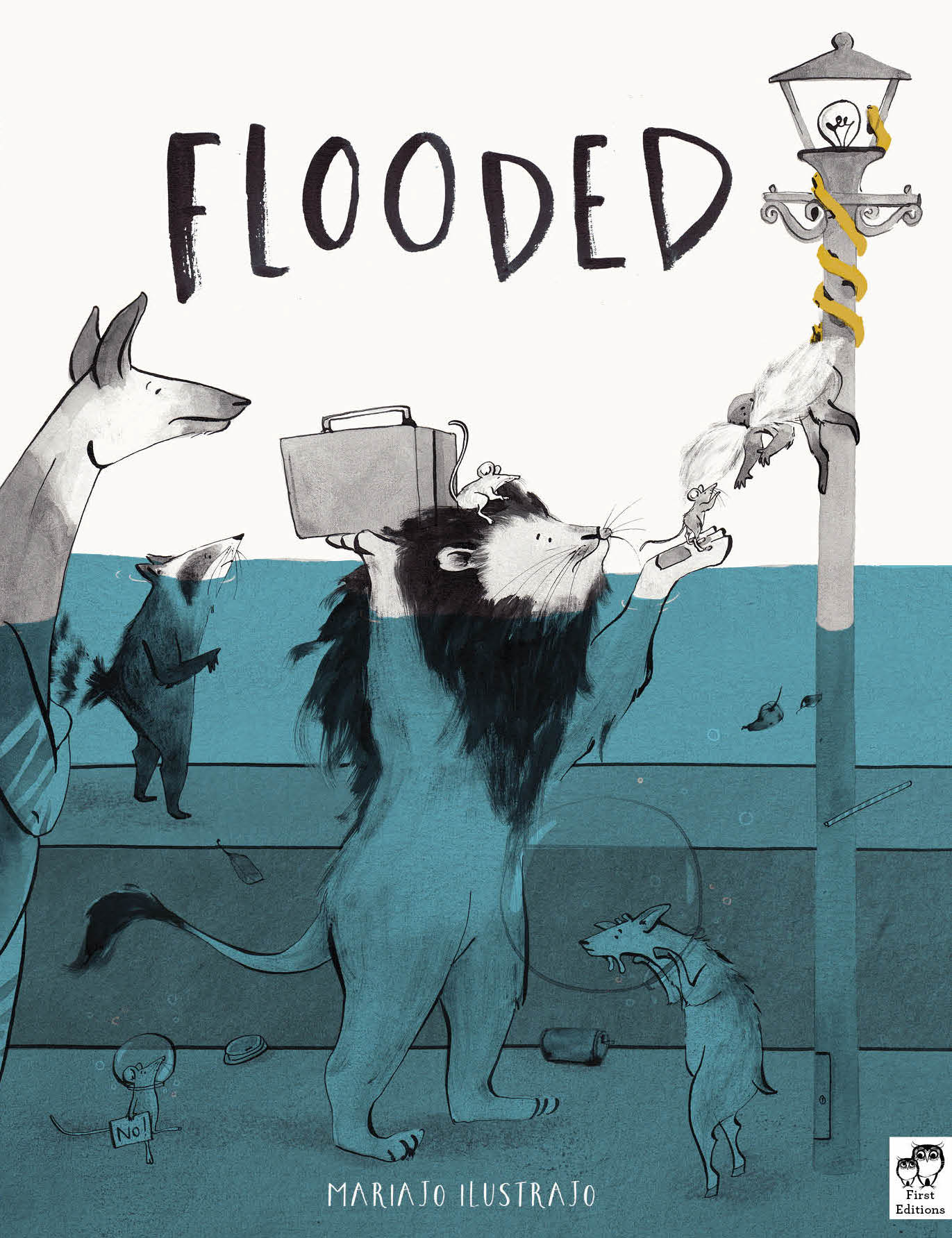
Flooded, by Mariajo Ilustrajo
Flooded by Mariajo Ilustrajo is one of the five books on the shortlist for the 2023 Klaus Flugge Prize.
It’s business as usual for the animals in the story even as their town is flooded. Preoccupied by their own concerns, they deal with the practical inconveniences of rising water in humorous and inventive ways until finally they listen to the one voice urging action, and work together on a solution. This is an important story, cleverly told and beautifully drawn, say the judges, full of little details that allow children to explore its world, even if they can’t yet read the story.
Former Klaus Flugge Prize judge, Senior Lecturer in Education: Primary English and Children's Literature, Mat Tobin interviewed Mariajo about her book.
You have shared how Flooded was inspired by a summer project that resulted in a print of animals traversing London’s underground: a cast and a setting. Can you share the image and tell us a little about how it came to be?
Sure!
This image was simply a one off experiment at the printing room. I really enjoy working in traditional printing processes, especially lithography, so this was just an experiment which ended up inspiring the start of the story.
Part of your journey into illustration and design led you to complete an MA in Children's Book Illustration at Anglia Ruskin. Can you tell us a little about some of the modules you took there and the lecturers who had an impact on your work?
The MA is a very complete and intense course. All the modules and lectures pushed my practice in different ways. If I had to choose one, I think I would choose the Sequential Image module (I think it is now called something else?). It was the second module on the course and it’s when I started to think about sequences and how a few images could tell a story. It is then where I wrote my first ever story Lost, which became the second book I’ve published.
The first module (Observational Drawing) was also very important. It’s a very intense three months where the only thing to do is to draw from life, draw, draw and draw.
I always enjoyed drawing people in cafes and markets, but it’s something that I don't always find the time to do, so this module forced me to do it non-stop and reminded me of the importance of it. This really influenced my practice, the way I draw, visual language and improved my skills, as I truly believe the more you practise the better you get (it’s all about muscle memory!), but also helped me to come up with ideas. I think I filled around 10 sketchbooks. Observing people on the tube, in museums, cafes, etc, really influenced Lost, and Flooded of course!
From the initial sketch, more work was completed in your lovely sketchbook. Can you share with us some of these early sketches and talk to us about some of the ideas that remained in the final piece and some that did not quite make it.
There is an image, based on the Oxford Circus print, where a panda bear was talking with a tiger on the tube platform, blaming the politicians about what was happening. I tried to fit this image into the story but sadly in the end I had to eliminate it
However the escalator page was very clear to me from the beginning that had to fit in the story. I am not sure why, but I think it visually worked very well. So it had to be in!
In this image you can see some of the sketches of animals walking underwater or how the city was becoming submerged.
Can you talk us through your relationship with Lucy Brownridge and Karissa Santos as Editor and Designer & how they worked alongside you to help reach the incredible final draft?
Working with an editor and art director can really help to push the story to its best, by asking simple questions like, “What’s the story about” or “What’s the point? Who’s the main character?” If you can't answer these questions, there is something not working there.
When my dummy landed at Frances Lincoln there were a lot of things that needed to be amended in order to make sense as a story and some things that needed to be polished in order to be more child friendly, such as the ending. I think my original ending was a bit harder, so we changed it.
Also at the beginning of the book, my original story opened with a Lion reading the newspaper. I think this led us to believe the lion was the main character so we changed that too.
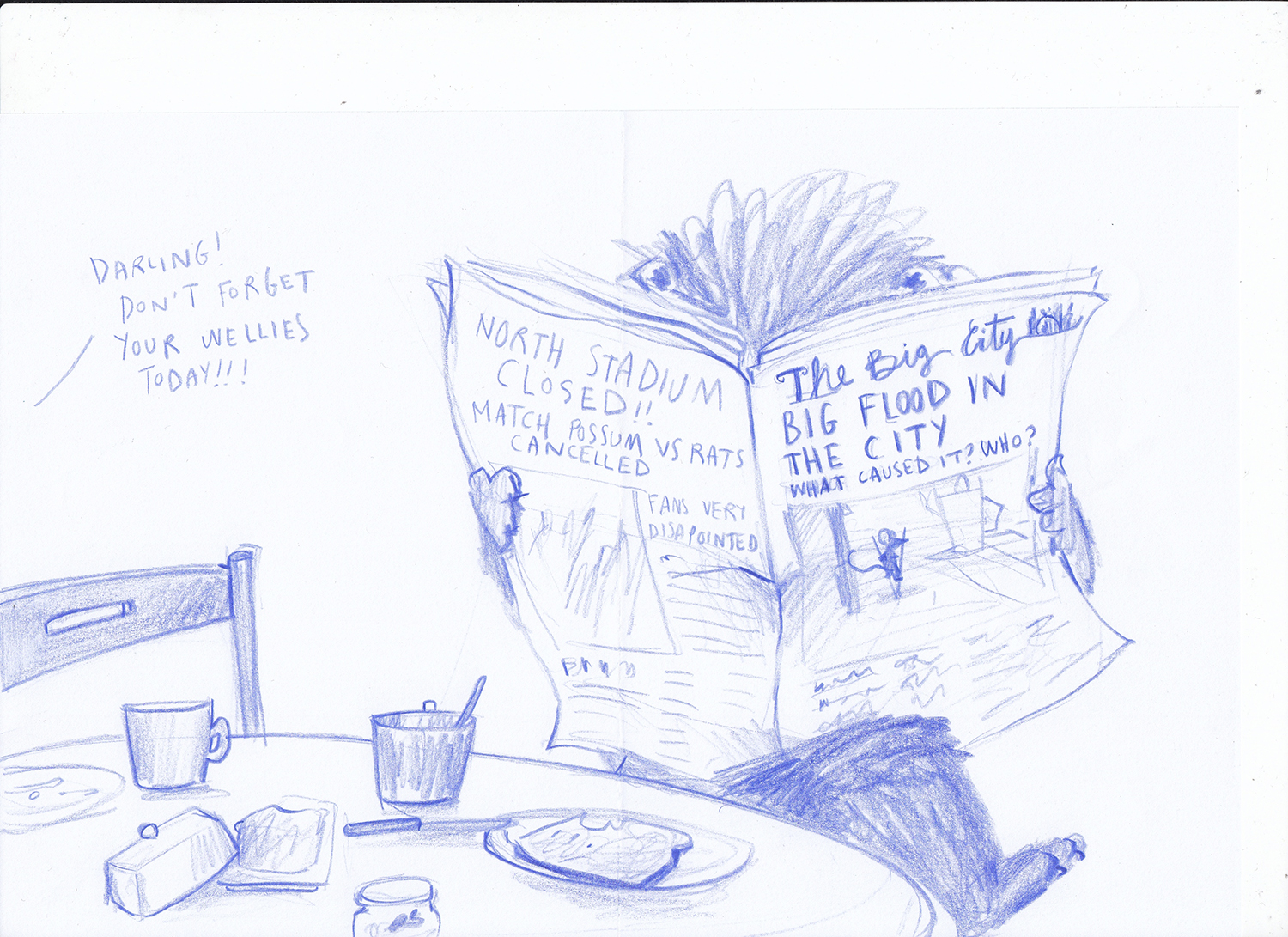
One of the striking elements of the book is how the deep cyan of the water draws us in right from the start. Working with a limited colour palette and negative space is one of the elements that make Flooded such a success. Can you talk us through how you went about making this choice and whether you experimented with other colour concepts first?
I created Flooded during the third module of my Masters (Diploma project). My aim was to find a new and fresher visual language while I created a good story. This was a big goal for a three month project, so I worked endless hours trying different things. The amount of work that I created during this time was crazy!
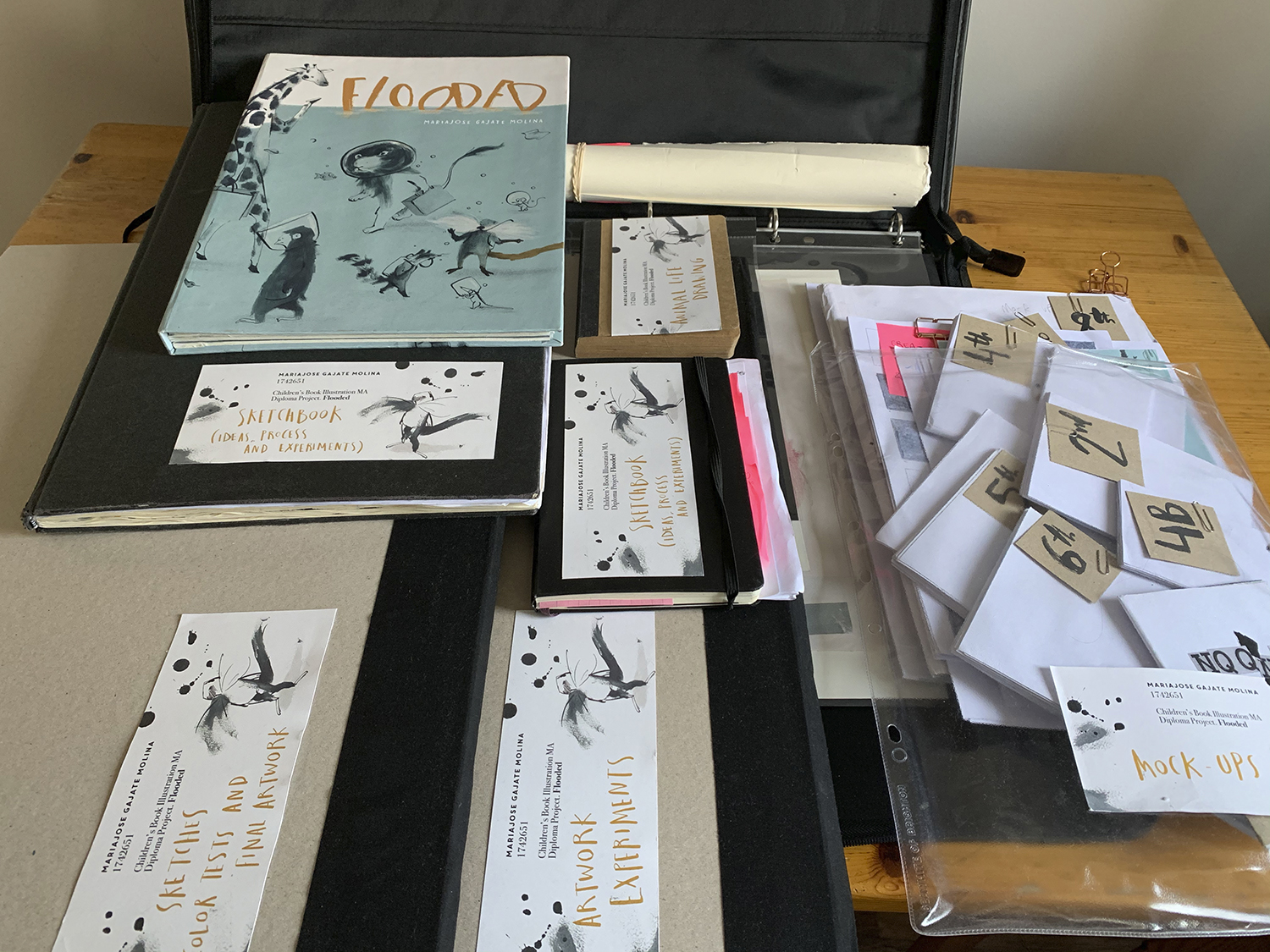
Nothing was good enough. Here are just a few examples of some of the techniques I tried.
In the end the simplest solution was the one I think worked better for the purpose of the story. By simplifying the colour palette and just adding two colours to draw the attention to the water as the main focus of the book and the yellow tail of the tamarin monkey who conducts the story and being the one who knew how to fix the problem from the beginning.
Flooded draws the readers’ attention to the increasing problems of climate change without being explicit. What are your thoughts on art as a way of expressing and sharing these stories with young readers and is there a spread that you felt captured this plight powerfully?
I think it is great that we can start a conversation with the little ones through art. Funnily enough, when I started working on Flooded I wasn’t thinking about writing a story about climate change. This happened organically during the process and I am really happy that my book can help raise awareness of such an important topic.
I find it quite difficult to single out a single spread that captures the plight on its own, but I think the page with the Giraffes is quite powerful because we often see in society that people are not always aware of or concerned by wider issues unless it affects them directly. This page is an allegory to the attitudes we have seen towards climate change over the years, and it only seems to becoming a more pressing issue as more and more people are adversely affected, through droughts, wildfires etc.
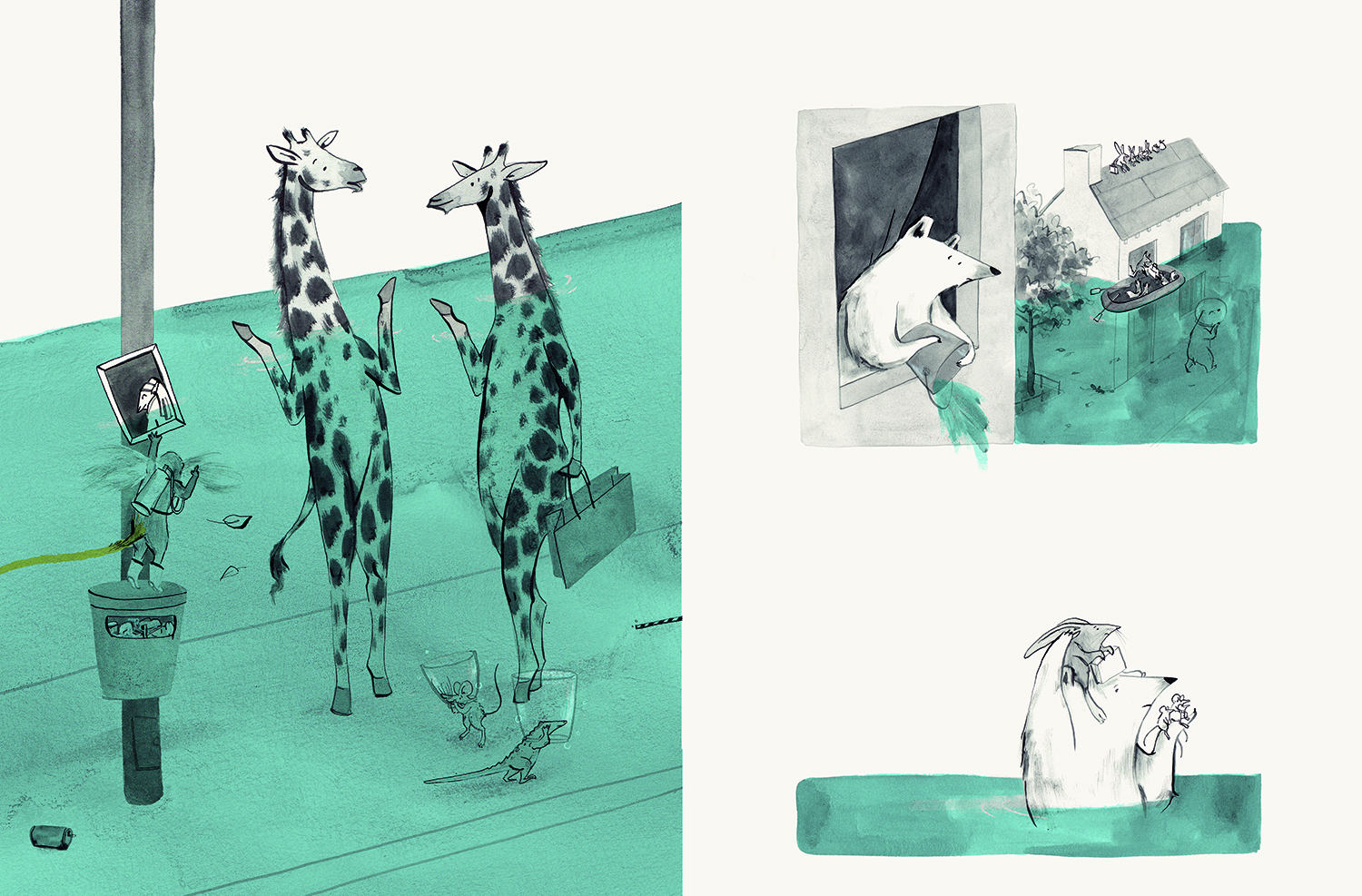
Can I be cheeky and ask for a tour of your workspace - it was great to get a snippet from your video. It’d also be great to see some of the materials that you work with.
This picture is my current studio. However, when I was finishing Flooded for my publisher, my partner and I had just moved into the house we live in now, which we renovated whilst living there at the same time. So I created the final artwork in complete chaos with electricians and plasterers behind me! It was quite a job to clean the images in Photoshop as they were covered in dust.
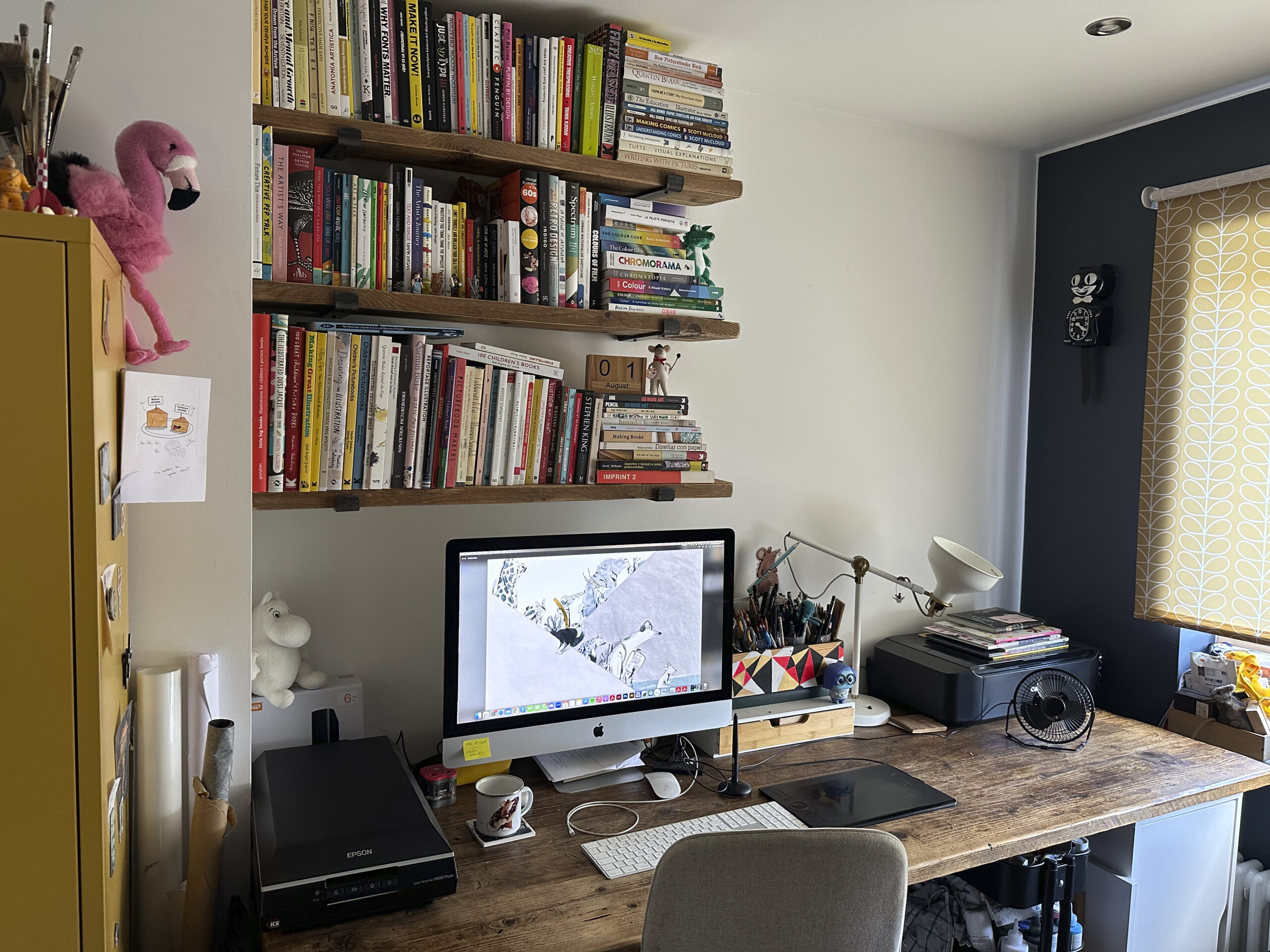
For this book I worked in Ink, charcoal and Photoshop:
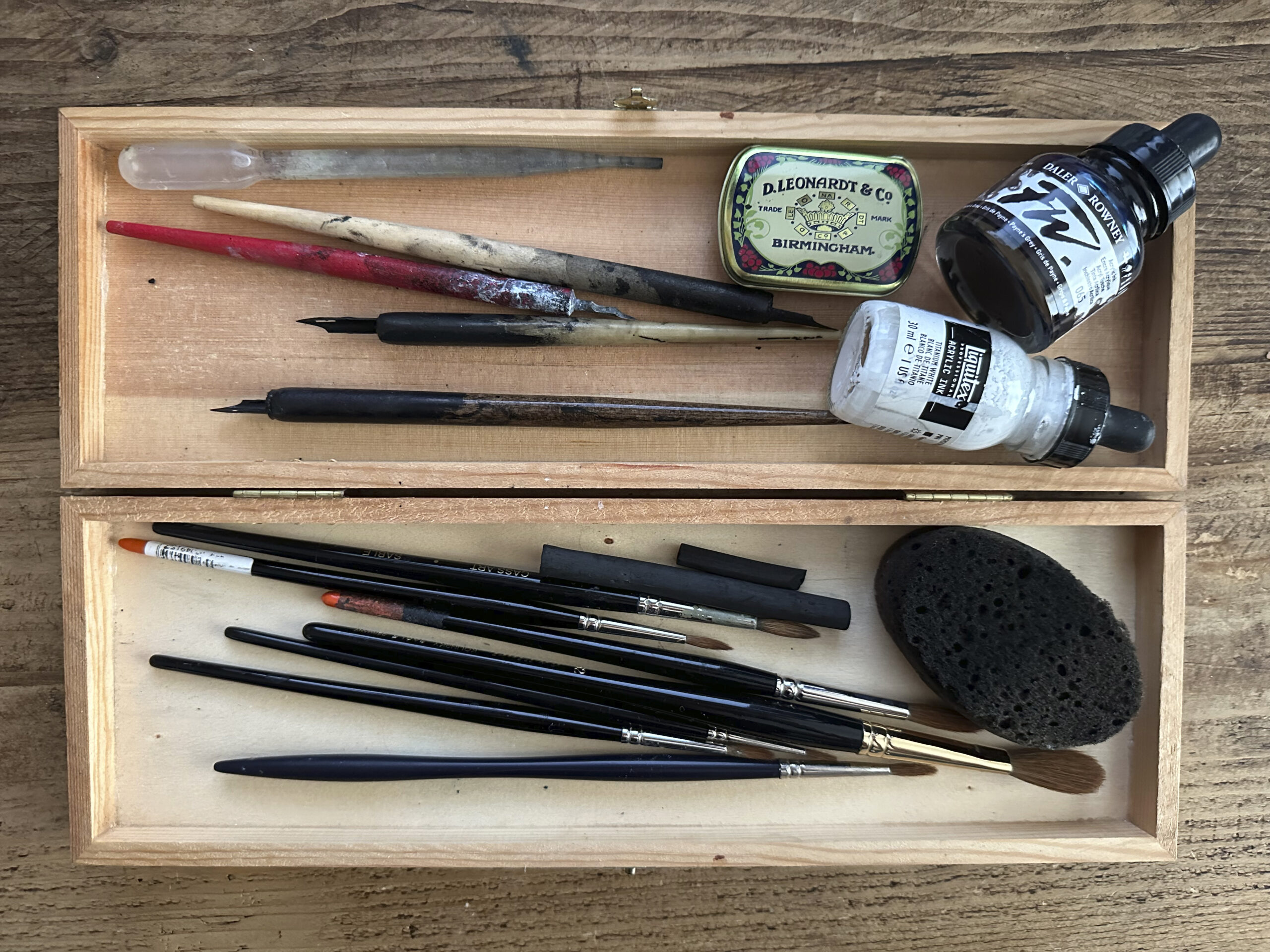
One of the comments you made in a video was about how the story began with a hippo leaving the taps on. Did you spend a lot of time on the periphery characters and their stories too. It’d be lovely to hear of any little Easter Eggs (surprises) that readers can find in the picturebook?
I didn’t spend much time on the periphery of the characters per se, but I explored a lot of different routes for the story. At some point it was almost a script for a movie! The hippo leaving the taps open is a bit reminiscent of the early development when I was building the story and I was questioning why the city became flooded.
On the page at the museum there are some of my favourite paintings!
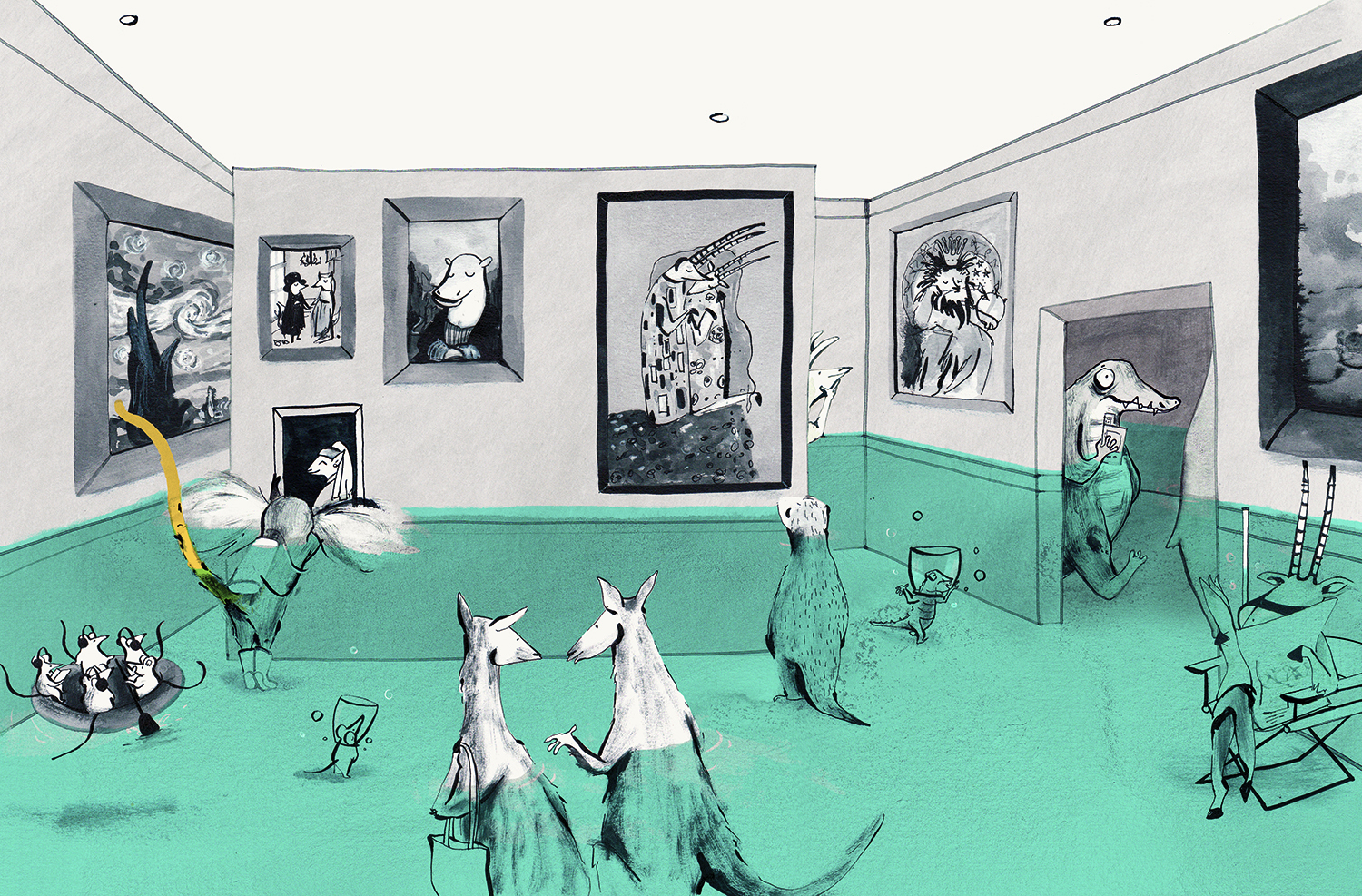
Could you describe the path you took to become an illustrator? Were there any picture book illustrators who influenced or inspired you during your childhood? I’m always fascinated by illustrators we may not have encountered here in the UK. Are there any that continue to inspire you as an illustrator today?
Since I was a child I always wanted to become an artist, and I’ve been drawing ever since. Of course, then I didn’t know what an illustrator was, but during high school I had the opportunity to visit the art school Arte 10 in Madrid and I fell in love with it. I knew straight away that I wanted to study there and that I wanted to become an illustrator. It was during my studies there when I really fell in love with children’s books.
Since finishing my studies I have worked on many different things. Illustrating for websites, restaurants, magazines, wedding invitations, murals in nurseries, etc. I also designed my own products such as t-shirts or mugs which I sold in fairs. For a while I also worked in a studio designing greetings cards in the UK.
I think those years have been like training for me as an illustrator and doing the Masters in Children’s Book Illustration helped me to push to a different level that is more personal than when I was completing briefs for others.
I don’t remember any particular book that influenced me in my childhood but there are definitely illustrators who inspired me during my studies when I hoped that I could become one, such as Ana Juan, Javier Zabala, Rebecca Dautremer, Esther Gili, Elena Odriozola, Isabelle Arsenault, etc.
Could you tell us a little about current and future projects and what we can look forward to reading from you in the future.
I am currently on maternity leave since my little one was born in July, but just before she arrived, I handed in my third book, which will be published in February 2024. I will take this time to draw again from life and find new ideas for my fourth book which will be published in 2025.
Flooded is published by Frances Lincoln Children’s Books, 978-0711276796, £7.99 pbk.
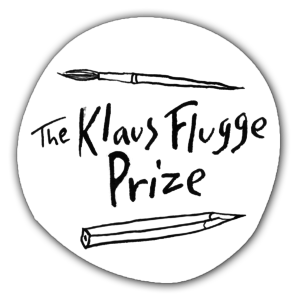
The Klaus Flugge Prize is funded personally by Klaus Flugge and run independently of Andersen Press.
Website maintenance & Copyright © 2024 Andersen Press. All Rights Reserved. Privacy & Cookie Policy.
